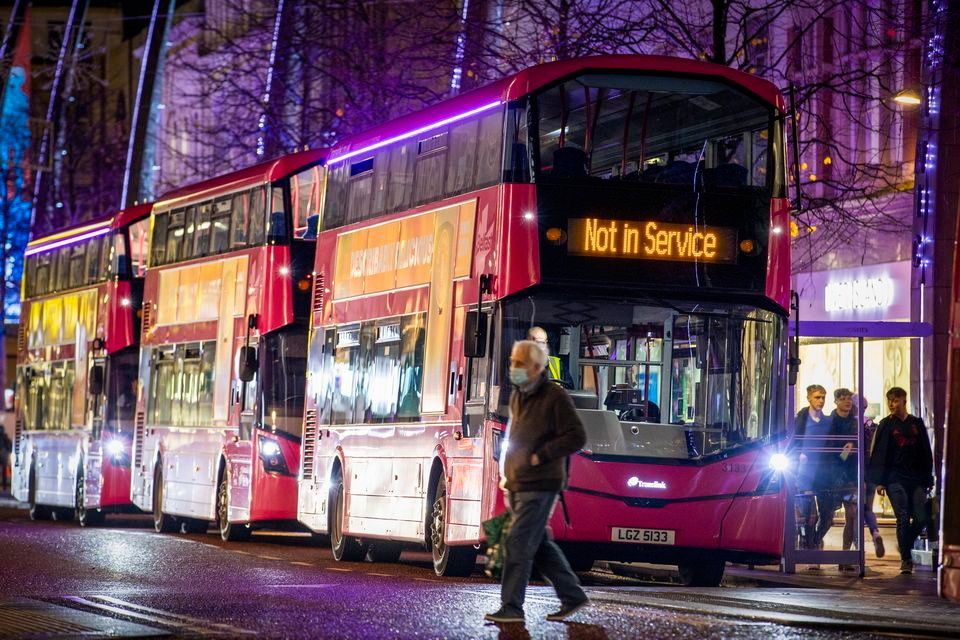Public transport workers set to overwhelmingly reject pay offer to end strikes

Public transport workers are understood have rejected a pay offer (PA)
Kurtis Reid
Today at 10:45
Public transport workers across Northern Ireland are set to reject a pay offer from Translink.
Several depots overwhelmingly voted against the deal, it is understood.
It could mean further transport strikes are scheduled.
Last month transport workers from three unions - SIPTU, GMB and Unite - were each offered a 5% pay increase plus a separate, non-consolidated, lump-sum £1,500 payment.
This led to three planned strike dates at the end of February being cancelled.
Members have been voting on the offer since Tuesday, however previous reporting suggested a “bad feeling about the offer” from workers who claimed the amount did not warrant cancellation of strikes.
In figures seen by this newspaper, depots including Newtownabbey, Short Strand, Magherafelt, Great Victoria Street and the Falls Road have all voted in the majority against the pay offer.
Figures also show the overall vote to reject from Ulsterbus GMB members to be 70.5%, with 29.5% accepting.
In Short Strand’s bus depot, almost nine in 10 workers voted against the deal with 87% opposed.
In addition to bus drivers, almost 83% of conductors who voted rejected the deal.
The figures suggest the deal will not be accepted and unions will now discuss further strike action with members.
It is understood strike dates could be announced as early as next week as unions seek to up the pressure on transport bosses to resolve the matter.
In an earlier branch meeting with unions, leaders told members the 5% pay offer was the “maximum” that will be offered and the £1,500 lump-sum would cost Translink around £6m.
The mood amongst union members was said to be “mixed” with many drivers sceptical over a better offer being negotiated, while some members said they anticipated the “massive rejection” after claiming the offer to be too low.
“It’s a bribe, plain and simple,” said one union member told the Belfast Telegraph.
“The £1,500 is a bribe, it’s the carrot and the stick, it’s not going to work. The members want the pay to be consolidated and that’s it. They want something like 7-8%, this just doesn’t cut it.
“Look at the figures coming out, it’s a landslide. Some drivers won’t like it, but it’s back to the negotiating table.”
Public transport strikes have caused widespread disruption across Northern Ireland.
Leaders from both hospitality and retail workers have been sharply critical of the industrial action, which they said has damaged their trading and business hours, as well as their staffing levels.
Previously, Retail NI chief executive Glyn Roberts appealed for agreement between union leaders and Translink bosses to prevent the industrial action, citing the impact on his members.
“We cannot continue to have ongoing strikes disrupting our economy. January and February are never great months for retail; [the previous action] hit really hard,” he said.
“There were many businesses which couldn’t get their staff in the door, as well as customers who couldn’t get to the shops. It’s a challenge.”
The overwhelming rejection of the proposed pay deal now puts a spotlight on other unions who have received similar offers.
Just days after the transport unions received their offer, healthcare workers and civil servants in Northern Ireland were offered a 5% pay increase.
The unions were also offered a similar £1,500 payment.
GMB have been contacted for comment.

